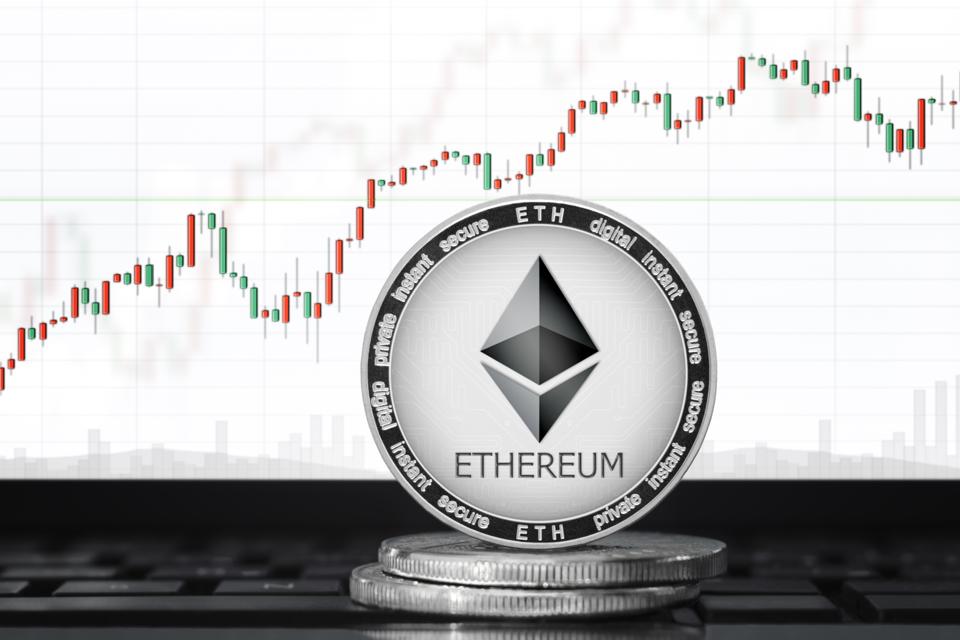

These risk factors are in part why experts warn to invest only what you can afford to lose and recommend conducting thorough research before buying in. Though DeFi loans are collateralized with other crypto assets, borrowers using DeFi protocols cannot be held accountable otherwise if they are unable to effectively pay back a loan. It's also important to note that, unlike with a traditional bank, there is no regulation or insurance on your money when you use DeFi. "There's a significant amount of risk related to how the yield you're earning is being generated." "Typically, less mature pools or newer protocols will have higher yields because they're untested," said Demirors. That's why some use stablecoins, which are supposed to be pegged to fiat and be less volatile. If there is a downturn, the crypto assets used as collateral may sharply decline in value, and some may see their positions liquidated. Since cryptocurrencies are volatile, their value frequently fluctuates. For example, DeFi protocol Maker requires borrowers to collateralize their loan 150% of the loan value at minimum. When borrowing on a DeFi application, you typically offer other crypto assets owned as collateral.
#Ethereum based defi coins software
"At the end of the day, the software is only as good as the coding that was done, and sometimes, there are unknown errors in the code that governs these protocols," Demirors said. But if there is an issue with a developer's code, then there could potentially be weaknesses within a DeFi protocol. Smart contracts, or collections of code that carry out a set of instructions on the blockchain, are essential for DeFi applications to run. There are three major types of risk to consider, Demirors said.

The reason we see high yield is there is risk here." But, "it's important to understand the reason the reward is high is because the risk is higher.

"I think every DeFi protocol and every DeFi project has a different level of risk and a different level of reward," said Demirors. It is important to understand that investing in DeFi is highly risky. However, these factors also contribute to why DeFi is much riskier than a traditional bank. Users can sometimes offer their NFTs, or nonfungible tokens, as collateral, for example, depending on the DeFi protocol used. In most cases, the only requirement to take out a DeFi loan is the ability to provide collateral with other crypto assets. Interest rates are typically more attractive than with traditional banks, and the barrier to entry to borrow is low compared with that of a traditional system. Borrowing and lending are among the most common use cases for DeFi applications, but there are many more increasingly complex options too, such as becoming a liquidity provider to a decentralized exchange. Through DeFi lending, users can lend out cryptocurrency, like a traditional bank does with fiat currency, and earn interest as a lender. The difference is that DeFi apps operate "without a central service exercising control over the entire system," said John Wu, president of Ava Labs, a team supporting development of DeFi applications on the Avalanche blockchain. "People have been participating in DeFi without understanding the risks."ĭeFi applications aim to recreate traditional financial systems, such as banks and exchanges, with cryptocurrency. "I think it's really important for people participating in the DeFi space to understand the risks and rewards," Meltem Demirors, CoinShares chief strategy officer, told CNBC Make It. DeFi fraudsters stole an additional $83.4 million.Īnd although it's rare for coins to completely tank, like with titan, it's still possible, and investors should be aware. His takeaway: "Do your own research," he told CNBC Make It.įraud within the space has recently surged between January and April, $156 million was stolen in DeFi-related hacks, according to CipherTrace. Regardless, Cuban's experience is a good reminder of how volatile and risky investing in crypto, and DeFi especially, can be. The project said in a blog post that the crash was due to a "bank run," or panic selling, and the token's algorithmic code. "I got hit like everyone else," Cuban, owner of the Dallas Mavericks and an investor on ABC's "Shark Tank," tweeted on Wednesday.Īt first, some in the crypto world speculated that this was the result of a rug pull, which is a type of scam where developers abandon a project and leave with investors' funds.


 0 kommentar(er)
0 kommentar(er)
